It would appear that hybrid technology is the new black at the Geneva Motor Show this year, with even Ferrari getting in on the act with their HY-KERS model. Based on the 599 GTB Fiorano the ‘vettura laboratorio’ (experimental vehicle) has an electric engine coupled the a 7-speed F1 style transmission providing over 100hp to complement the car’s familiar V12.
As the name suggests the HY-KERS also employs brake regeneration technologies developed from Ferrari’s Formula One program. This helps to charge the batteries for the electric motor. Emissions for the HY-KERS have been cut by 35% over the regular 599’s urban cycle.
Ferrari are also pushing the greening of their Maranello production facilities and there’s very impressive photos of huge meccano sets included with the press guff.
Pics and video available after the jump.
Ferrari at Geneva: protagonists in innovation and the environment
- The experimental HY-KERS hybrid vehicle
Geneva, 2 March 2010. Ferrari presents a vettura laboratorio (experimental vehicle) at the 80th edition of the Geneva Motor Show based on the 599 GTB Fiorano equipped with an advanced new hybrid transmission.
Hybrid technology is one of the solutions examined by Ferrari in its on-going research and development into making its production cars ever more efficient. Experimenting with alternative technologies represents the company’s long-term strategy after the announcement in 2007 of a five-year plan to reduce fuel consumption and emissions across the range. With the launch of the Ferrari California (2008) and the 458 Italia (2009), in fact, Ferrari’s average fuel consumption and CO2 emissions figures have already been reduced by around 30 per cent compared to 2007.
The HY-KERS displayed at the Geneva Motor Show is an example of how Ferrari is studying the application of hybrid technology to high-performance sports cars. Central to Ferrari’s objectives is maintaining the balance, handling and performance characteristics typical of its cars despite the inevitable disadvantages in terms of weight represented by applying hybrid solutions to existing models.
To this end Ferrari has employed its racing experience to adapt a lightweight hybrid drivetrain to the 599 GTB Fiorano with the aim of ensuring that vehicle dynamics are unaffected. This was achieved by the careful integration of all system components, positioning them below the centre of gravity and ensuring that interior and luggage space are entirely unaffected. Similarly the flat lithium-ion batteries are positioned below the floorpan of the car inside the aerodynamic underbody. The result is a centre of gravity that is even lower than in the standard car. In addition, a part of the weight gained by fitting the electric motor, generator and the batteries is offset by being able to do away with the traditional starter motor and battery.
Ferrari has also applied its F1 technology to the design, engineering and construction of a new kind of electric motor which also helps optimise the longitudinal and lateral dynamics of the car, enhancing traction and brake balance. The motor cuts in during acceleration, providing instantaneous torque when moving away from a standstill and during overtaking manoeuvres, with torque control a function of grip, gear and accelerator pedal angle. Depending on vehicle speed and engine load – for example in town driving – the hybrid system can also function as a full-electric drivetrain. The result is a direct reduction in consumption and emissions. The motor also features a unique cooling and lubrication system for maximum efficiency under all operating temperatures and loads. The castings of the motor are made in the Ferrari foundry, complete with Prancing Horse motif.
Weighing about 40 kg, the compact, tri-phase, high-voltage electric motor of the HY-KERS is coupled to the rear of the dual-clutch 7-speed F1 transmission. It operates through one of the transmission’s two clutches and engages one of the two gearbox primary shafts. Thus power is coupled seamlessly and instantaneously between the electric motor and the V12. The electric motor produces more than 100 hp as Ferrari’s goal was to offset every kilogram increase in weight by a gain of at least one hp.
Under braking the electric drive unit acts as a generator, using the kinetic energy from the negative torque generated to recharge the batteries. This phase is controlled by a dedicated electronics module which was developed applying experience gained in F1 and, as well as managing the power supply and recharging the batteries, the module also powers the engine’s ancillaries (power steering, power-assisted brakes, air conditioning, on-board systems) via a generator mounted on the V12 engine when running 100 per cent under electric drive. It also incorporates the hybrid system’s cooling pump.
Ferrari California Stop&Start
The other important novelty at the Geneva Show is again aimed at reducing emissions. From March 2010 in fact the Stop & Start system will be available on the Ferrari California, reducing fuel consumption and CO2 emissions by 6 per cent in the ECE + EUDC combined cycle. This means a figure of 280 g/km, one of the most competitive of any high-performance cars. The Stop & Start cuts in virtually instantaneously – just 230 milliseconds, a time so fast that the driver barely notices the engine restarting.
This solution is a further step in Ferrari’s on-going strategy to reduce fuel consumption and emissions, even when increasing performance. One of the principal areas of research has been dedicated to reducing friction within the engine. The Ferrari California’s direct-injection V8, for example, has eliminated the ‘pumping’ losses created by the changes in pressure below the pistons. Inserting purge valves in the crankcase below the crank throws allows blow-by gas and oil compressed during the combustion phase to leave the crankcase without being drawn back in during the compression phase. This ensures a direct increase in engine efficiency.
In addition DLC (Diamond Like Carbon) coatings on the valve followers and super-finishing of the cam lobes reduces friction in the valve train and contributes to the overall improvement in engine friction.
Self-sufficient with green power in Maranello
In keeping with Ferrari’s 360-degree approach to efficiency and its commitment to environmental sustainability, new technologies for its road cars are matched by the considerable investments already made to reduce the environmental impact of the company’s production activities in Maranello.
After the inauguration of the photovoltaic installation on the roof of the Mechanical Machining facility in January 2009, which reduced the factory’s power requirements by over 210,000 kWh annually, 2009 also saw the opening of the trigeneration plant (the simultaneous production of power, heat and cooling from a single source) – the first of its kind to be implemented by a sports car manufacturer. This enabled Ferrari to reduce CO2 emissions by 15 per cent, with the goal of reaching a reduction of over 40 per cent by the end of 2010. Thanks to these ecological solutions, Ferrari is completely autonomous for its energy requirements.
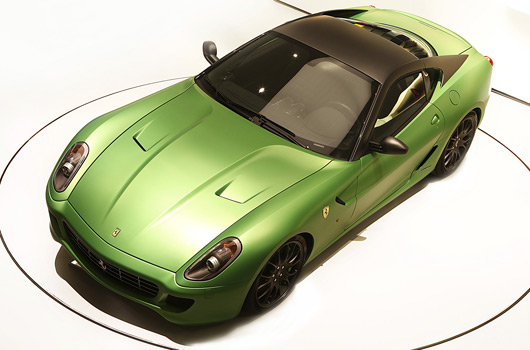
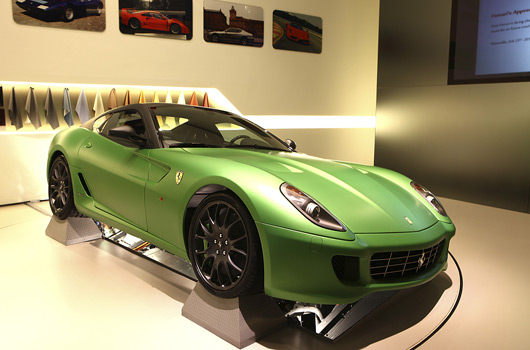
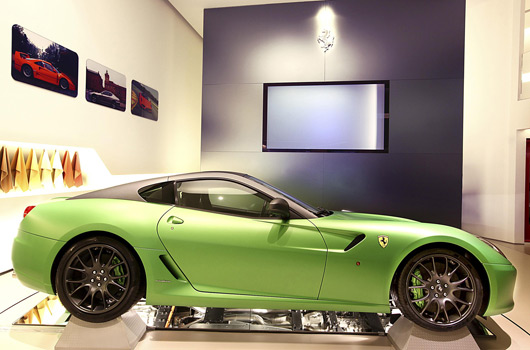
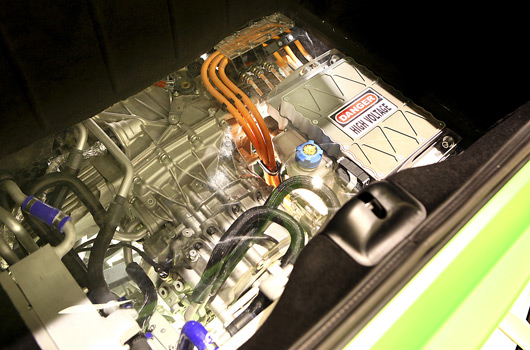
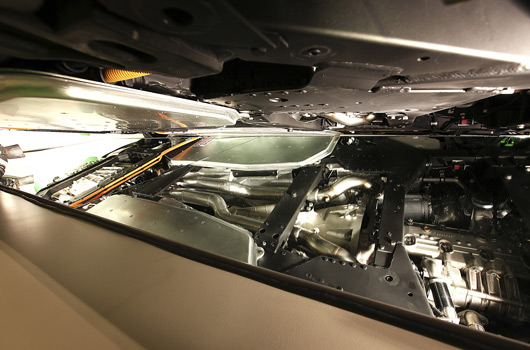
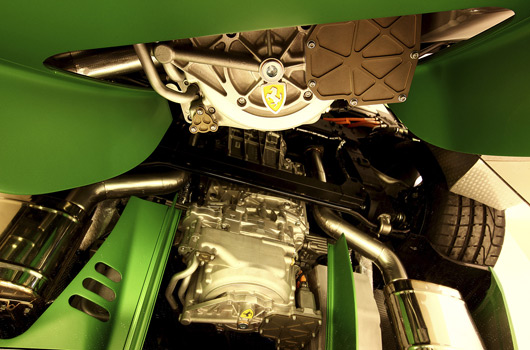
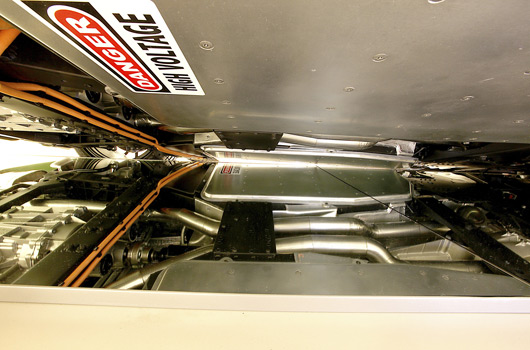
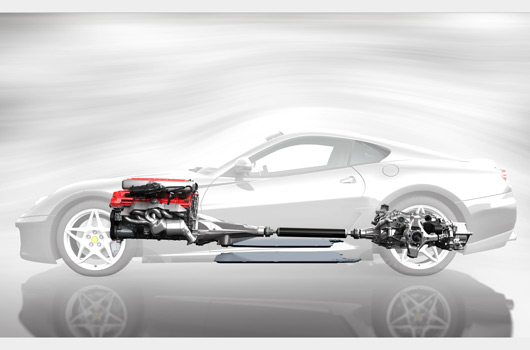
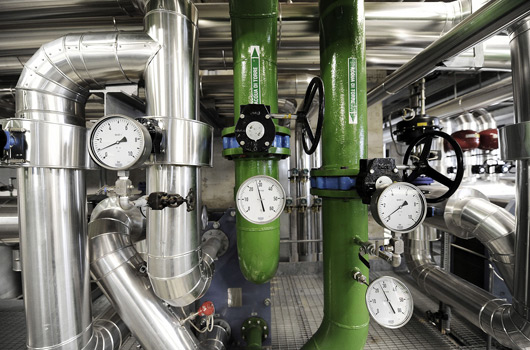
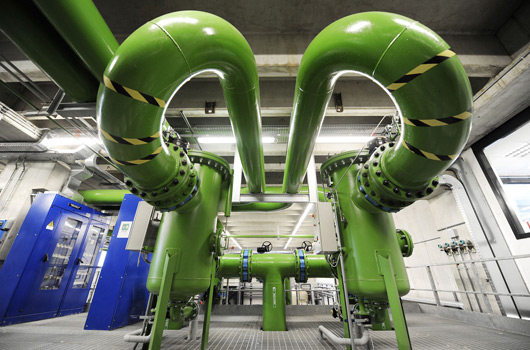
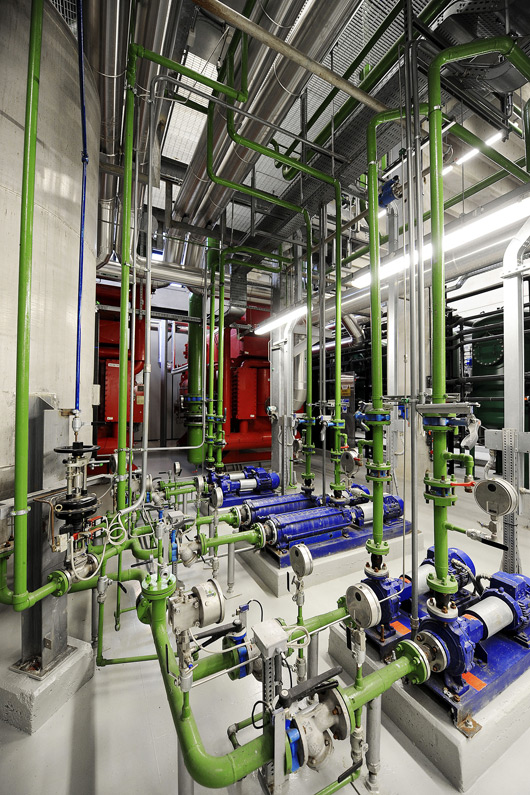
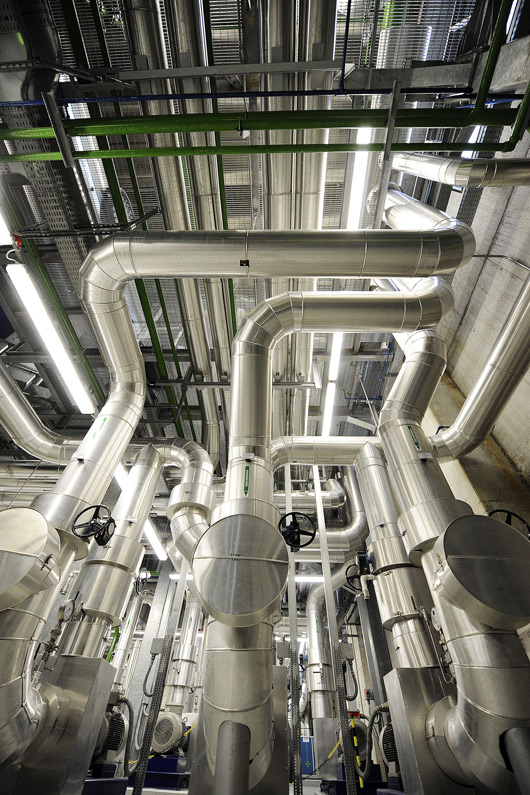
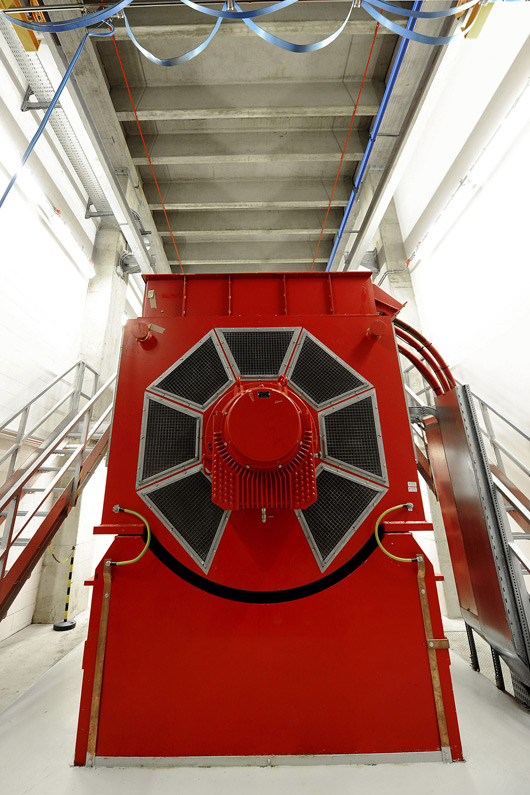
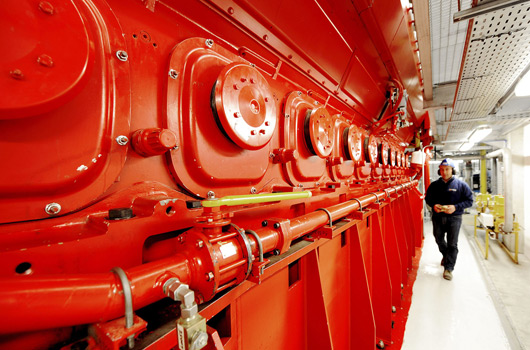
8 replies on “Geneva: Ferrari ‘Vettura Laboratorio’ HY-KERS”
Sorry Ferrari, I think Porsche has just produced the trump card that you can’t match…
haha yeah ok Way, Porsche doing anything Ferrari can’t match.
At least Ferrari know their KERS system works, Porsche bought theirs off a company who couldnt get it to work. I still think this KERS is a load of bollocks though.
Stubz, check out the fuel consumption on both cars and tell me which is the better hybrid!
[…] for Christmas and have been waiting for the first opportunity to show what they can do. Porsche, Ferrari and Audi are just some of the kids to have flicked the switch at Geneva. Volkswagen, too, not […]
It’s one of the greatest innovation from Ferrari.It just mean every car maker is more closely paying attention to an environment friendly cars but not sacrificing speed and power.
[…] also believed this model could feature a variation of the HY-KERS technology as previewed by Ferrari at Geneva earlier this […]
[…] Featuring a new V12 and a 7-speed dual clutch transmission it’s expected the F620 will have around 520kW/700hp. While we’ve not read any material to suggest it, we won’t be surprised if the F620 also features HY-KERS technology. […]
[…] to have around 900hp from its 6.3 litre V12 engine, complemented with F1-inspired HY-KERS hybrid technology, it will be the most powerful Ferrari […]